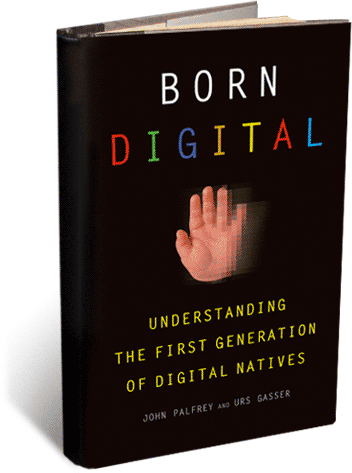I&D Project Releases Case Study of Post-Election Crisis In Kenya
September 30th, 2008 — Tim HwangWe’re following up yesterday’s release of our Burma case study with a look at Africa and the role of technology in Kenya’s post-election violence. This case study builds off of the work of Joshua Goldstein and Juliana Rotich, examining how last year’s post-election domestic conflict in Kenya was both exacerbated and mitigated by the networked public sphere.
In doing so, their effort is to broaden the existing scope of research on how technology is making its impact felt in political action even within the developing world. They write:
Written largely through the lens of rich nations, scholars have developed theories about how digital technology affects democracy. However, largely due to a paucity of evidence, these theories have excluded the experience of Sub-Saharan Africa, where meaningful access to digital tools is only beginning to emerge, but where the struggles between failed state and functioning democracy are profound.
The entire report is available on our site here.
It’s a great piece: Joshua and Juliana have put together a very nuanced examination of the situation, and it goes a long way in bringing out the complexities of the ways in which networked technologies function in times of turmoil.










 Click Here
Click Here